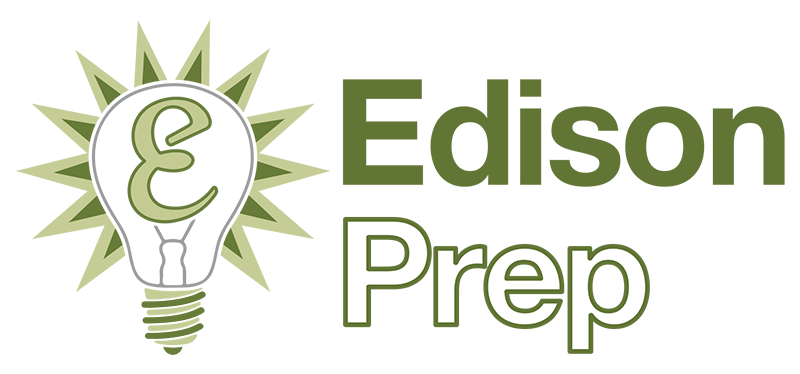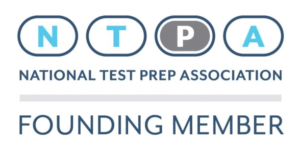Standardized Testing is Anything But Standardized
I took the May 2012 SAT at a local school that we recommend to our students as one of the best. However, even at the best places, you’ll come across a bad proctor now and again. The administration of the test in my particular room was appalling, and luckily, I spoke up and had some of the items addressed. The rest of this post will cover what happened and how to minimize the negative impacts that could happen to you if you’re stuck with a bad proctor.
The description below is a bit detailed, but is important in order to paint a picture of how badly things can go and what you must do to protect yourself during the test.
Here’s what happened:
- Our proctor had a very lackadaisical attitude from the get-go…simply awful.
- The clock was in the back corner of the room so that the back wall so that no student could see the clock without craning his/her neck. The clock was also behind by an hour (daylight savings time).
- A student asked if we could move the clock from the wall and rest it on the lip of the chalkboard so that we could all see the time more easily. The proctor said “no, it will be okay, I’ll write a 10 minute warning and a 5 minute warning on the board.” No one else spoke up.
- During Section 1 (the essay), the proctor did not write the start time or stop time on the board as is typical. She did write a 10 minute warning on the board, which isn’t even in the instructions, just something she sort of made up as she went along. She proceeded to cut the essay section off 80-90 seconds earlier than she should have. I hadn’t written down the exact start time down to the second as I usually do, so I had to let it slide. (e.g. he said, she said…I had no proof.)
- Therefore, in Section 2, I was immediately vigilant in recording the start time down to the second. Again, the proctor didn’t write the start/stop time on the board, nor did she give us a 5 minute warning.
- She proceeded to short the whole classroom 5 entire minutes on Section 2.
- I immediately knew of the problem, as did a few others, though most students seemed not to notice. No other students spoke up at first, but three other diligent students who had been timing with their own watch had awkward, knowing looks on their faces that said “I want to approach the proctor, but I’m scared.”
- As we began the short break that students receive after Section 2, I approached the proctor to let her know that we had been cut off 5 minutes early. The other 3 students with their knowing looks chimed in in agreement, and in the face of that consensus, the proctor said “let me look into what the best procedure is. Go take your 5 minute break.”
- She felt (slightly) bad and said that she would simply administer an extra 5 minutes of Section 2 when we returned from the 5 minute break, and then we’d move straight into Section 3.
- For most students, not having had those 5 minutes back would have meant 5-6 questions unanswered, or 60-70 points lopped straight off of their scores! The classroom would have lost over 1000 SAT points.
- All things considered, the proctor’s solution was the best solution to the problem.
- During the remaining 8 sections, the proctor still continued to casually time things on her smartphone, and occasionally put the start time (but not end time) on the board. Even so, she was still usually inaccurate by 30-60 seconds, sometimes in our favor, sometimes not. A tad confusing since most smartphones have a stopwatch/countdown timer function.
- The “Section 2 Snafu” caused our classroom to then be off-kilter by 5 minutes with the break schedule of most other rooms, so therefore we were treated to pencil sharpener noise from adjacent rooms and hallway noise during other rooms’ breaks.
This situation is not unique. Based on our student feedback over the years, some degree of “awful proctor syndrome” affects approximately 10% of SAT testing rooms, and those small miscues in test administration add up.
This shouldn’t happen. It may happen. So how do you prepare?
How to minimize the chances of adverse events during your SAT exam and deal with them should they happen:
- Trust no one. Bring your own digital watch that makes no noise. Proctors mess up far more often than they should, given the SAT’s importance. Nothing guarantees that there will be a clock in your room, that it will run on time and be easily visible, that your proctor will write start/stop times or 5 minute warnings on the board, or that the proctor will time it correctly.
- At the beginning of each section, record the time on your watch down to the second in your test booklet on the first page. (e.g. 9:20:45). Quickly add 25 minutes to that time and record it right below the start time on your paper (e.g. 9:45:45). That way, you will know how much time you have during the section regardless of the quality of your proctor. And if the proctor shorts you time, you have some semblance of proof that the section was mis-timed.
- If given the choice of seat, pick one that is in the very front or on the far edge. Having more space minimizes the chance that someone with long hair will have it draping on your desk, or that you’re behind someone with an unfortunate odor, and it maximizes ease of seeing the board/clock. It’s also harder to get distracted by someone tapping their foot or other annoying habits of fellow test-takers.
- Try to take the test at a center that has a higher proportion of overly-ambitious students. Taking it at these locations makes it less likely that you will have other students raising their hands asking clarification questions because they’re unfamiliar with what the test looks like, how to fill in the math grid-in’s correctly, or other miscellaneous distractions throughout the exam.
- If odd conditions or misproctoring does occur, you have the option of contacting (609) 771-7710 or testcenter@info.collegeboard.org to make a test administration complaint (ideally within 48 hours). Doing so may result in the option to retake the test at no charge or other options, depending on the severity of what the College Board finds after investigating.
Avoiding 100% of test administration mistakes reminds me of the famous Wilt Chamberlain quote of “you can’t stop me, you can only hope to contain me!” You cannot expect to eliminate all bad proctors or annoying co-testers entirely, but being prepared for how to handle such circumstances is crucial for maximizing your score on test day.
Scenarios like the one above are not covered by SAT books that discuss the Pythagorean Theorem, but knowing how to handle them is equally important to doing one’s best on test day. Being able to offer this kind of wisdom is why all Edison Prep tutors take the test multiple times each year to keep current and offer salient advice.
Good luck!







